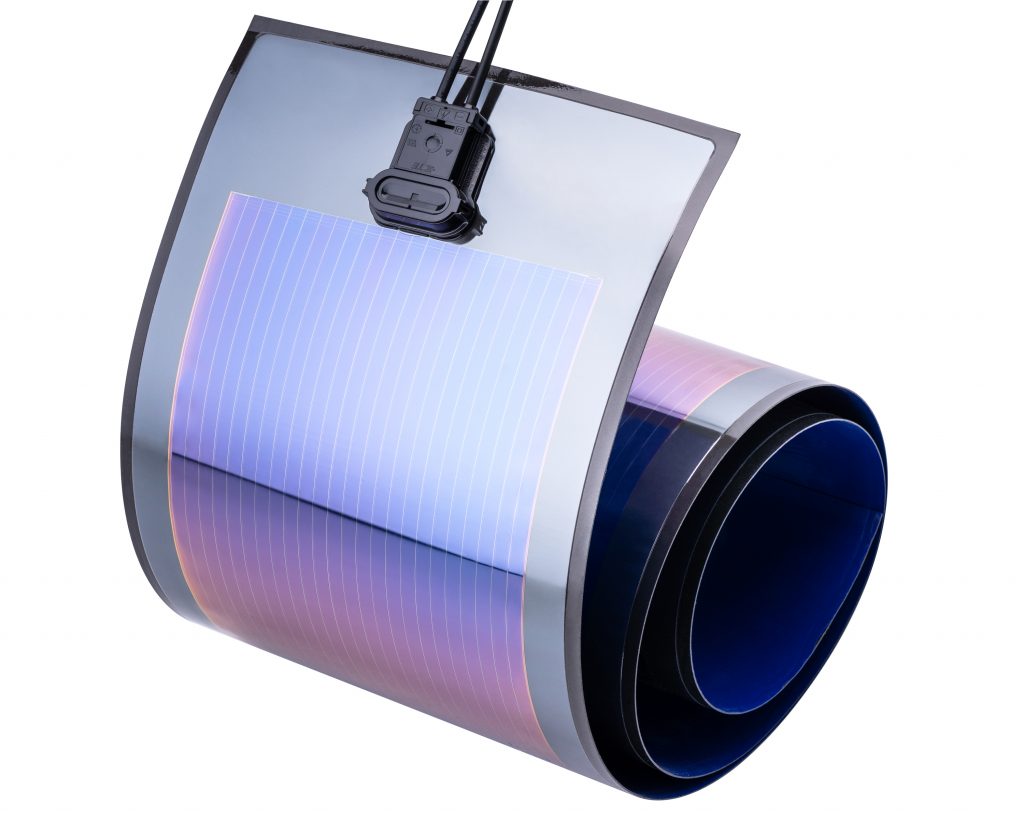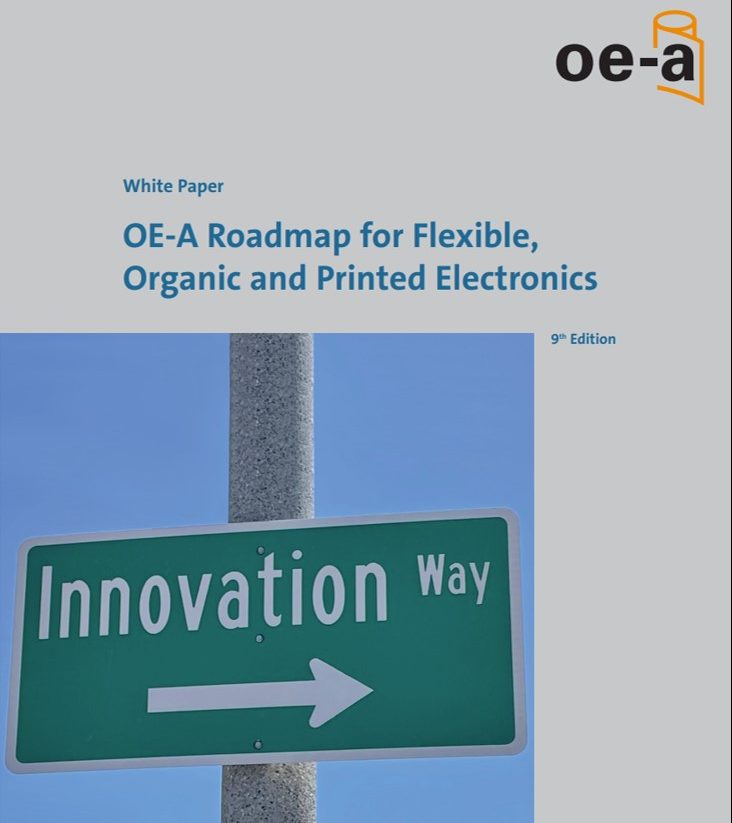Organic and printed photovoltaics (OPV) is an emerging, clean energy technology enabling a wide range of applications. OPV devices typically comprise a substrate (glass or plastic), semi-transparent electrodes (silver grids and conductive polymer or indium-tin oxide (ITO)), and photo-absorbing layers (bulk or P/N heterojunctions). OPV can be made on flexible substrates, enabling lightweight and conformable power sources suitable for many emerging applications like wearables and mobile devices. They also offer design and process flexibility for integration in large area industrial products, for example in building facades and also function in diffuse light.
Implementation examples

Organic Photovoltaic Foils
Flexible photovoltaic modules produced in roll-to-roll processes enable the easy integration of lightweight power-supply in objects with any shape.

Building- integrated Organic Photovoltaics
Covering facades with solar cells becomes possible with lightweight OPV foils, improving the energy balance of buildings. The freedom of choosing transparency and color of the modules allows to merge function and design.

Harvesting Energy
Organic Photovoltaic cells are semitransparent and can be adjusted to any color. Thus, they integrate the dimming function and are harvesting energy to supply sensors and integrated electronics with power.





